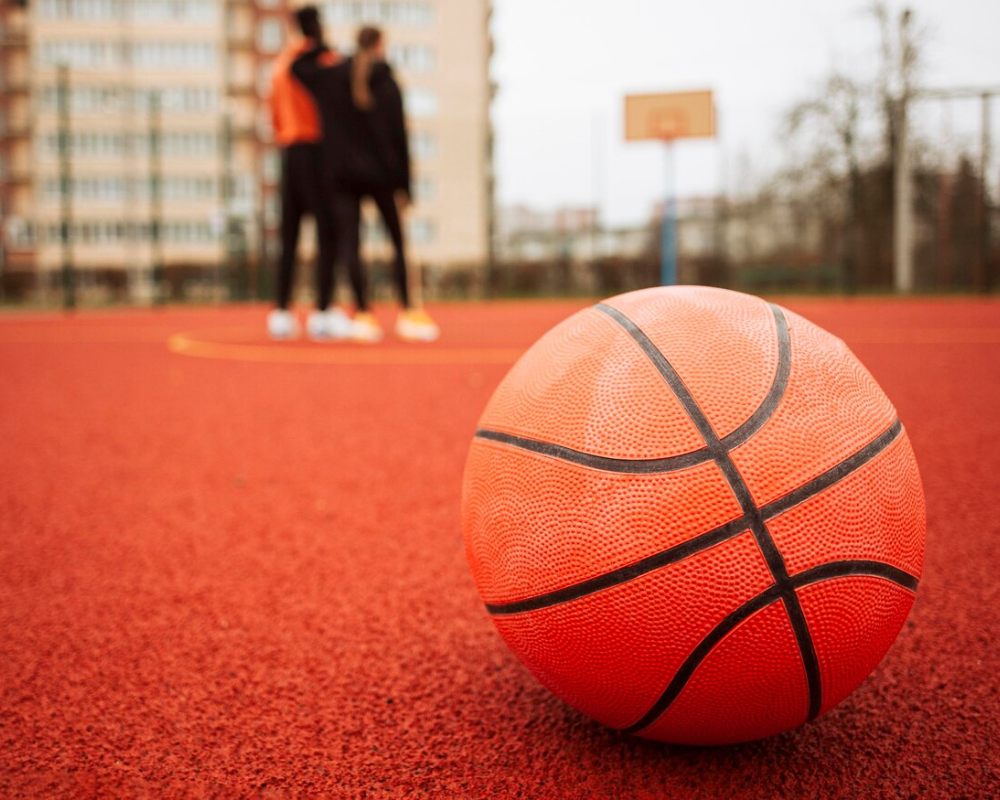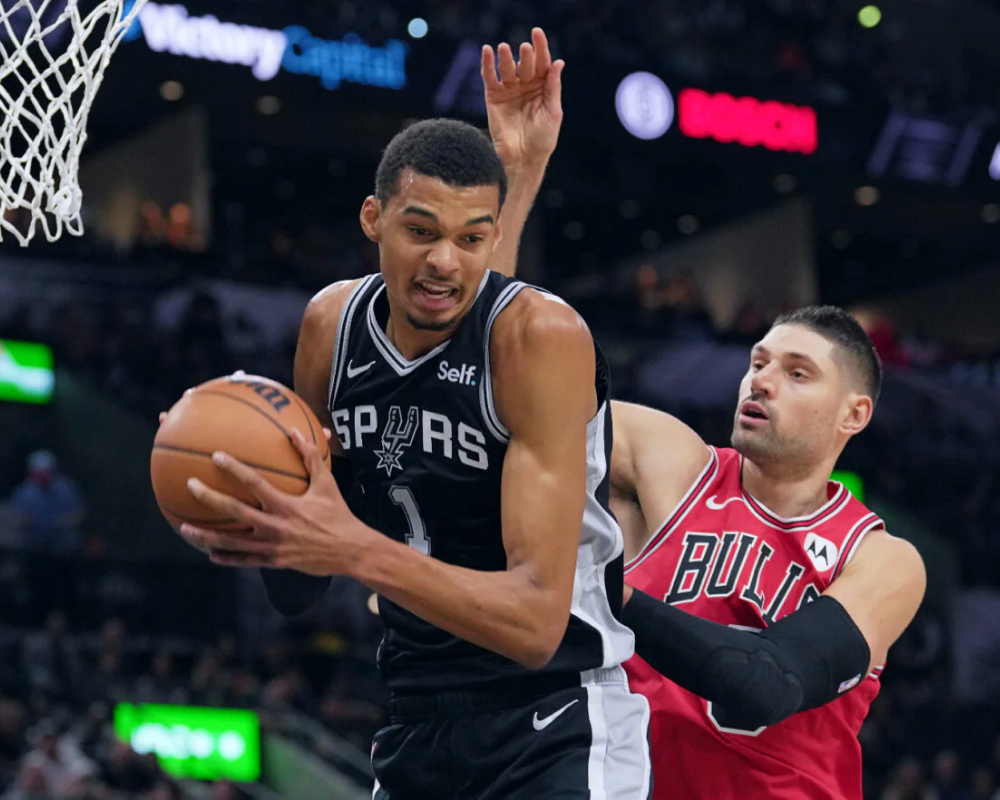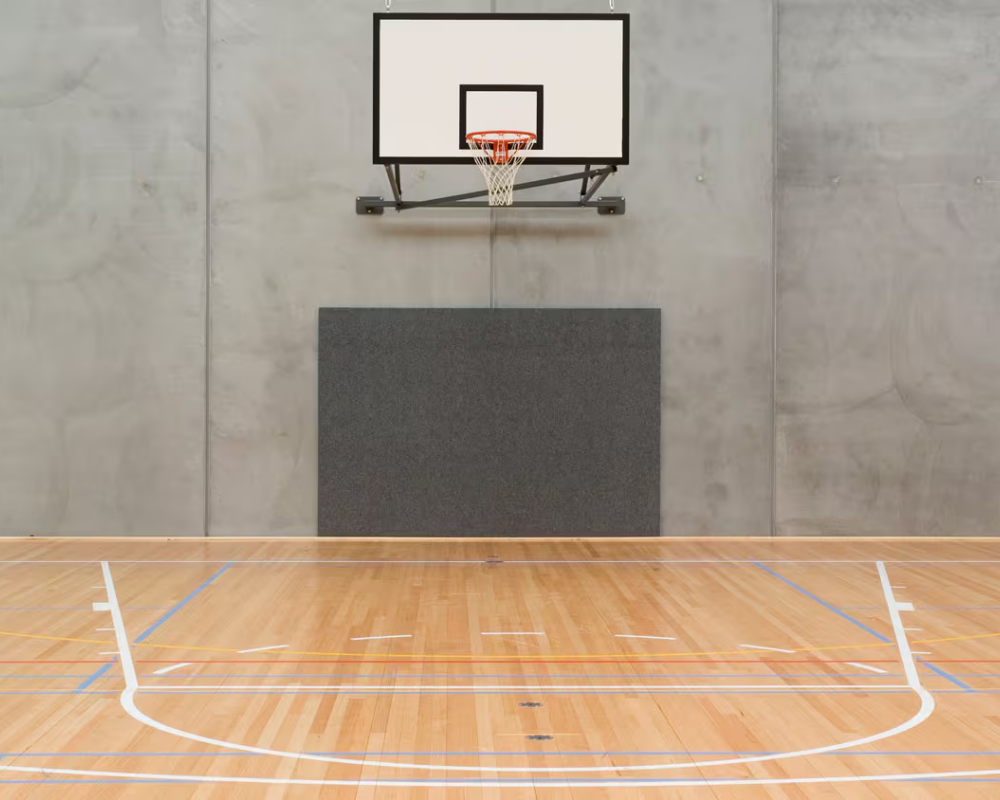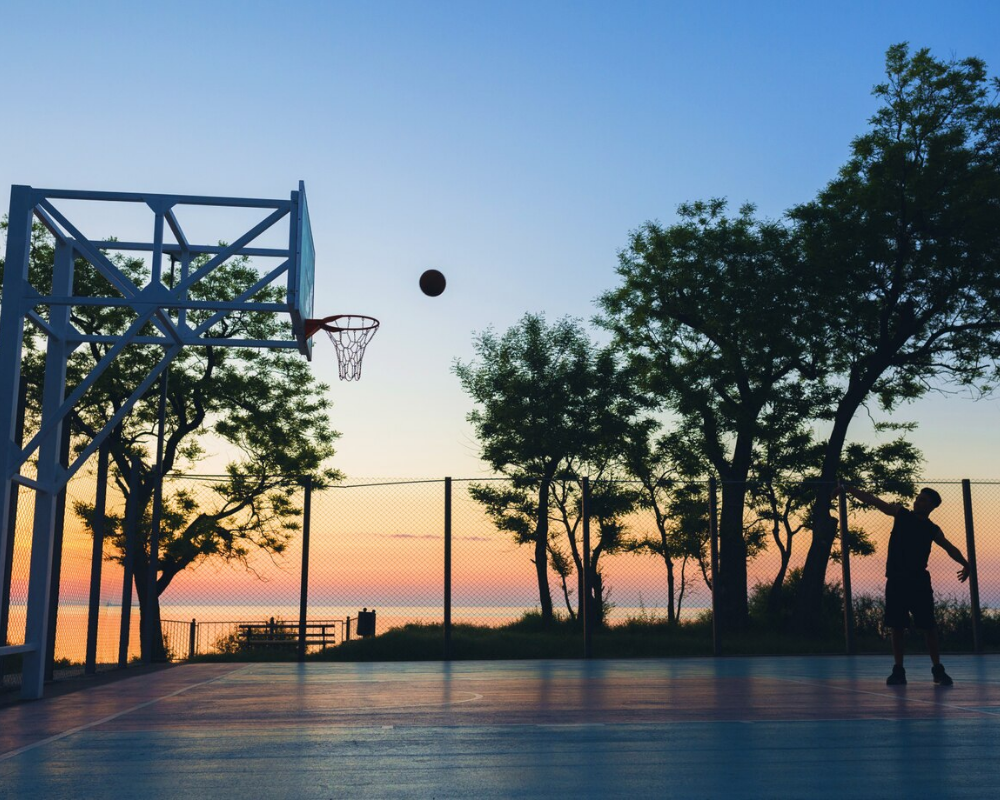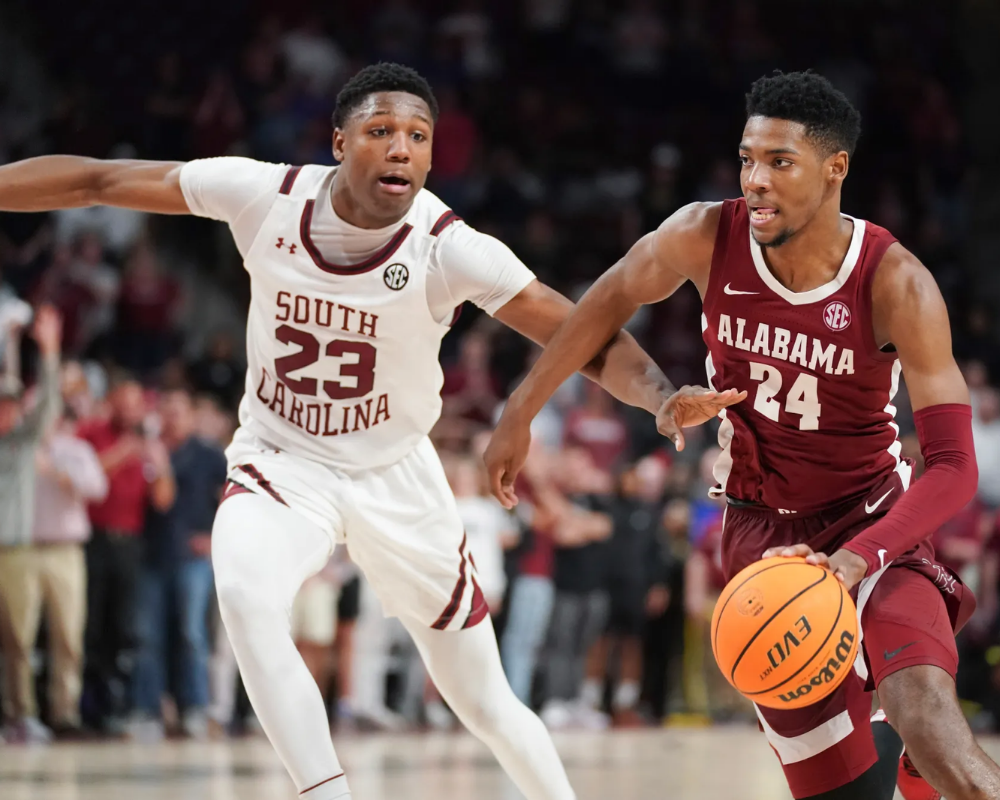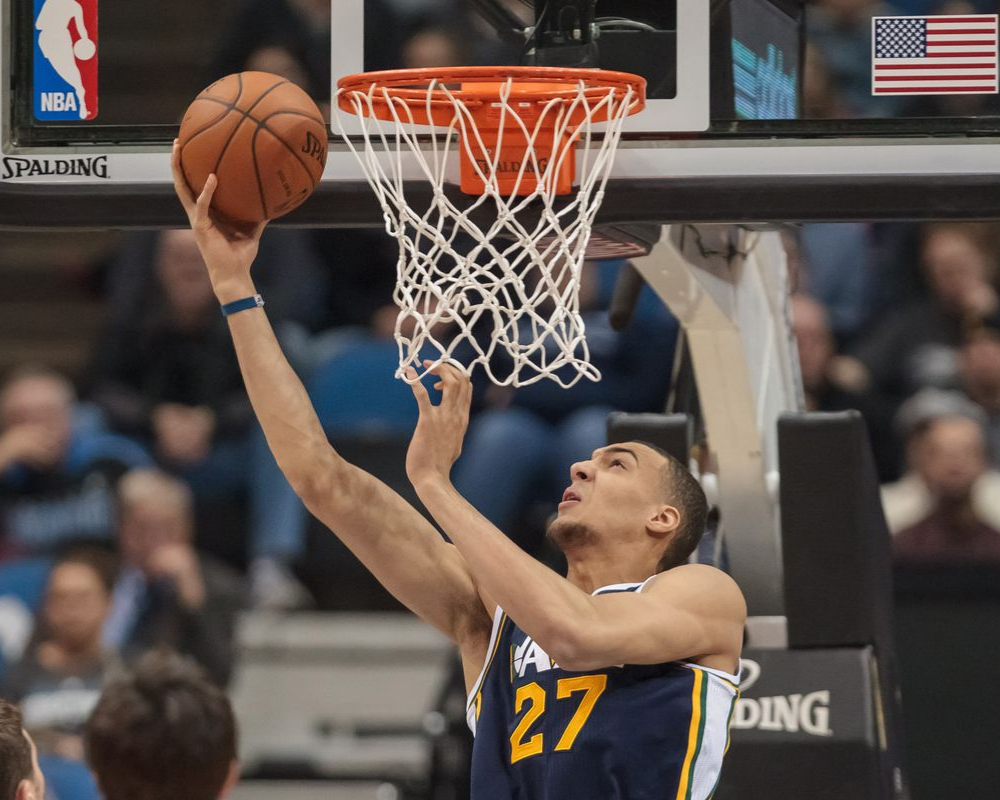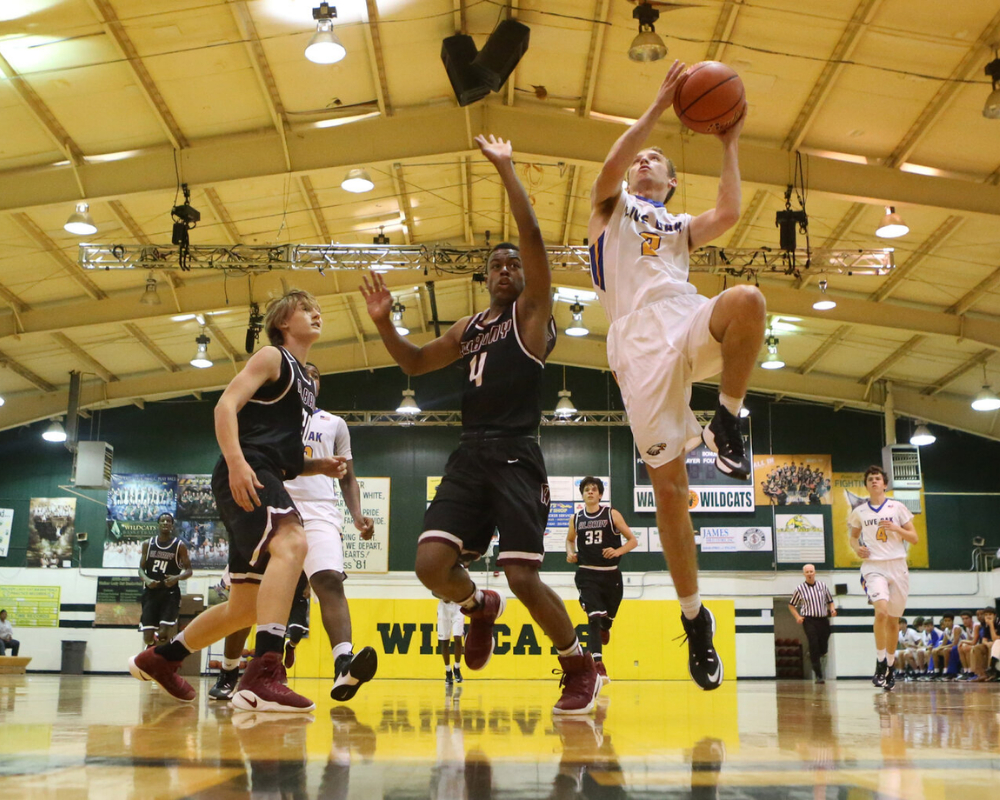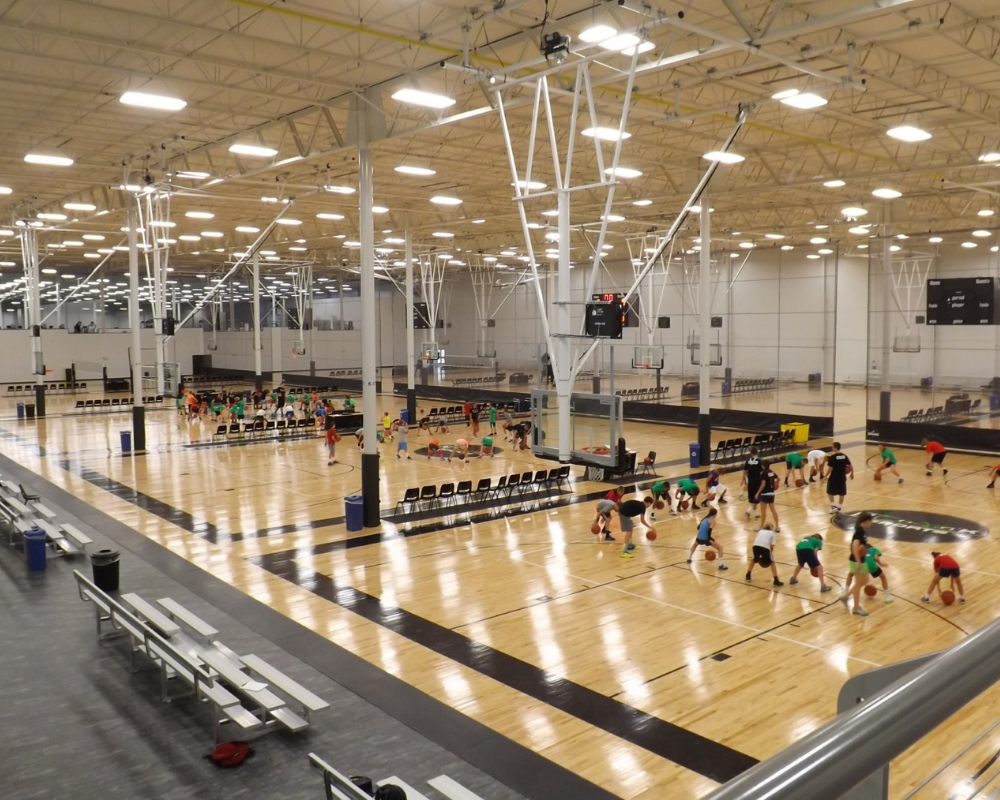In the fast-paced world of basketball, defensive strategies play a critical role in a team’s success. Among these techniques, drop coverage stands out as a pivotal approach that can dictate the flow of the game. This article delves into the intricacies of drop coverage, exploring its principles, execution, and the impact it has on both defense and offense. Whether you’re a seasoned player or a curious fan, understanding drop coverage will enrich your appreciation of the game’s strategic depth. Join us as we unlock the secrets of this essential basketball concept.
Defining Drop Coverage Strategy
Within the realm of basketball defense, the drop coverage strategy emerges as a pivotal technique, particularly against pick-and-roll plays. This defensive approach involves the big man, typically the center or the power forward, retreating or “dropping” back towards the basket instead of moving up to confront the ball handler at the perimeter. The primary objective here is to mitigate the risk of easy baskets by forcing the ball carrier to make a challenging mid-range shot, while also positioning the big man effectively to rebound or contest a drive.
The essence of drop coverage lies in its delicate balancing act. The defending big man must gauge the distance carefully, staying close enough to deter a drive to the basket but also far enough back to prevent an easy lob pass to the rolling big man. Meanwhile, the perimeter defender recovers back to the original ball handler. The success of this strategy heavily depends on the communication and spatial awareness of the team, as well as the defensive prowess of the big man in the drop.
Drop coverage is not without its criticisms. Detractors argue that it can be vulnerable against teams with sharpshooters who excel in mid-range or three-point shots, as it inherently concedes these shots. Nevertheless, its effectiveness in protecting the paint and forcing opponents into less efficient scoring options makes it a staple in the defensive playbooks of many teams.
| Role | Objective | Challenge |
|---|---|---|
| Big Man | Prevent easy baskets, rebound | Gauging correct distance |
| Perimeter Defender | Recover to ball handler | Quickly navigating screens |
| Team | Effective communication | Coordinating movement and coverage |
| Opponents | Exploit mid-range/3PT shots | Finding space against drop coverage |
| Coach | Strategize against opponents | Adjusting tactics in real-time |
The drop coverage strategy in basketball emphasizes a collective defensive effort that prioritizes guarding the paint and limiting high-percentage shots near the basket. By understanding the roles and objectives outlined, teams can deploy this strategy to great effect, forcing opponents into taking contested shots and making the path to the basket considerably more challenging. The nuanced execution of drop coverage illustrates the tactical depth of basketball, showcasing a blend of individual skill and team coordination.
The Role of the Big Man
In the realm of basketball, the “big man” plays a pivotal role, particularly in executing defensive strategies like drop coverage. Traditionally, this position is filled by the team’s tallest and strongest players, who are tasked with guarding the paint and rim. The core idea behind drop coverage is for the big man to drop back in pick-and-roll situations, positioning themselves between their opponent and the basket. This strategy aims to mitigate the risk of easy layups or dunks while compelling the offensive player to settle for a less efficient mid-range shot.
The effectiveness of a big man in drop coverage hinges on their ability to balance multiple defensive responsibilities. They must possess the agility to contest shots and the foresight to anticipate the opponent’s next move. Moreover, their spatial awareness allows them to protect the rim without fouling, making them an indispensable asset on the defensive end. In modern basketball, the versatility of a big man is further emphasized, as they are often required to switch onto smaller, quicker guards without compromising the team’s defensive integrity. This evolution underscores the strategic depth of basketball, where adaptability and skillset diversity play crucial roles.
Another critical aspect is the big man’s communication with teammates, especially in calling out screens and directing defensive rotations. Their vantage point and understanding of the game enable them to act as the defensive anchor, orchestrating the team’s efforts to thwart offensive plays. Thus, the big man’s role transcends mere physical presence; it encompasses leadership, tactical knowledge, and the ability to inspire confidence within the team.
Key Attributes of an Effective Big Man in Drop Coverage
| Attribute | Importance | Examples |
|---|---|---|
| Height and Reach | Essential for contesting shots and protecting the rim. | Rudy Gobert, Myles Turner |
| Agility | Crucial for switching and covering ground quickly. | Bam Adebayo, Anthony Davis |
| Spatial Awareness | Key for effective positioning and anticipating plays. | Draymond Green, Marc Gasol |
| Communication | Imperative for coordinating team defense and calling out screens. | Joel Embiid, Al Horford |
| Leadership | Important for maintaining team morale and focus. | Nikola Jokic, Giannis Antetokounmpo |
Drop Coverage vs. Other Defenses
In the realm of basketball, drop coverage stands as a specialized defensive strategy, distinct in its approach and execution compared to other defensive methodologies such as man-to-man, zone, and switch defenses. At its core, drop coverage is designed to mitigate the risk posed by pick-and-roll plays, a staple in modern basketball offenses. By positioning the big man (usually the center or power forward) back towards the basket instead of stepping up to the ball handler, drop coverage aims to prevent easy drives to the basket and lobs over the top, essentially covering the middle ground.
Contrastingly, man-to-man defense emphasizes individual matchups where each defender is responsible for guarding a specific player, necessitating strong on-ball defense and the ability to navigate through screens. Zone defense, on the other hand, assigns players to guard specific areas of the court rather than individual opponents, which can be effective in protecting the paint but vulnerable to perimeter shooting. Switch defense, increasingly popular in the modern game, requires players to interchange defensive assignments mid-play, aiming to disrupt the offense’s rhythm but risking mismatches that can be exploited.
Drop coverage, by prioritizing protection of the rim and discouraging drives, forces opponents to settle for mid-range jump shots or contested threes, shots that are generally less efficient. However, its effectiveness can be diminished against teams with strong outside shooting or those adept at drawing the big man out and exploiting the space created. Understanding when and how to implement drop coverage, in conjunction with other defensive strategies, is crucial for a team’s defensive scheme.
| Defense Type | Key Focus | Vulnerabilities |
|---|---|---|
| Drop Coverage | Rim protection against pick-and-roll | Perimeter shooting |
| Man-to-Man | Individual matchups | Screens and mismatches |
| Zone | Area protection | Outside shooting |
| Switch | Disrupting offensive rhythm | Creating mismatches |
| Press | Full-court pressure | Quick breaks and open shots |
Executing Drop Coverage Effectively
Drop coverage is a defensive strategy in basketball, designed to counter pick-and-roll plays effectively. The essence of this approach lies in the big man’s role, who drops back towards the basket instead of stepping out to confront the ball handler. This maneuver is crucial for minimizing the risk of easy baskets by forcing the ball handler into a mid-range shot, a less efficient scoring option in modern basketball. To execute drop coverage effectively, communication and spatial awareness are paramount. The defensive player must continually adjust their positioning in relation to the ball handler and the screener, ensuring that they can contest a shot or cut off a pass without leaving the rim unprotected.
The success of drop coverage also heavily depends on the agility and decision-making of the big man. They need to strike a delicate balance between giving the guard enough space to deter a drive to the basket while being close enough to contest a jump shot. Furthermore, perimeter defenders must work tirelessly to fight over screens, funneling ball handlers into less advantageous positions. This collective effort makes drop coverage an instrumental part of a team’s defensive arsenal, provided it is executed with precision and cohesion.
Executing drop coverage effectively requires not just individual brilliance but a synchronized team effort, where each player understands their role and the nuances of timing and spacing. This strategic alignment can significantly disrupt the offensive schemes of opponents, making drop coverage a favored strategy among basketball tacticians.
| Key Component | Player’s Role | Objective |
|---|---|---|
| Big Man | Drops towards the basket | Contest shots, protect the rim |
| Perimeter Defender | Fight over screens | Funnel ball handler, disrupt play |
| Ball Handler’s Defender | Pressure the ball | Force difficult shots, turnovers |
| Communication | Entire Team | Ensure cohesive defensive effort |
| Spatial Awareness | Entire Team | Maintain optimal positioning |
In addition to mastering the physical and tactical aspects of drop coverage, teams must also cultivate an environment of trust and communication. Real-time decision-making and adaptability to the offensive team’s strategies are critical, as is the ability to learn from each defensive possession. A well-executed drop coverage can significantly bolster a team’s defensive efficiency, making it a formidable obstacle for opposing teams to overcome.
Adjusting Drop Coverage in Game
Drop coverage is a defensive strategy in basketball, primarily used to counter pick-and-roll plays. The essence of this strategy is for the big man, usually the center or power forward, to drop back towards the basket instead of stepping up to the perimeter. This allows the defender to protect the rim and contest mid-range shots while also staying in position to rebound. However, the effectiveness of drop coverage depends greatly on the agility and decision-making of the big man, as well as the perimeter defenders’ ability to fight through screens.
To optimize drop coverage, teams must be adept at adjusting their approach based on the opponents’ offensive strengths. For instance, against a team with a proficient mid-range shooter, the big man might need to step up slightly higher to contest shots more aggressively. Conversely, when facing a dominant interior scorer, the priority shifts to rim protection, necessitating a deeper drop. Communication is key, as perimeter defenders must know when to funnel players towards their big man or when to switch strategies altogether.
Adjustments to drop coverage also include changing the intensity of the big man’s engagement. In some scenarios, a soft hedge rather than a full drop can create enough uncertainty to disrupt the play without fully committing to leaving the paint open. This flexibility allows teams to keep their opponents guessing, making it harder for them to settle into a predictable offensive rhythm.
Dynamic Adjustments in Drop Coverage
Further Insights into Dynamic Adjustments
| Scenario | Adjustment Type | Rationale |
|---|---|---|
| Elite Mid-Range Shooter | Higher Drop Position | To contest shots more effectively |
| Potent Interior Scorer | Deeper Drop | Focus on rim protection |
| High P&R Frequency | Soft Hedge | Create uncertainty |
| Weak Perimeter Shooting | Switch Defense | Exploit offensive weaknesses |
| Strong Bench Scoring | Rotational Adjustments | Keep defense fresh and adaptive |
Understanding and adjusting drop coverage in-game is crucial for a basketball team’s defensive success. It’s not just about a preset strategy but rather about reading the game, understanding the opponent’s offensive threats, and making real-time decisions that disrupt their scoring opportunities. This dynamic approach ensures that the defense remains robust, flexible, and capable of handling various offensive schemes.
In conclusion, mastering the nuances of drop coverage and its adjustments is essential for any team looking to enhance its defensive prowess. By tailoring their approach to the specific challenges posed by their opponents and remaining adaptable throughout the game, teams can significantly improve their defensive efficiency. As basketball continues to evolve, so too must the strategies employed to secure victory.


